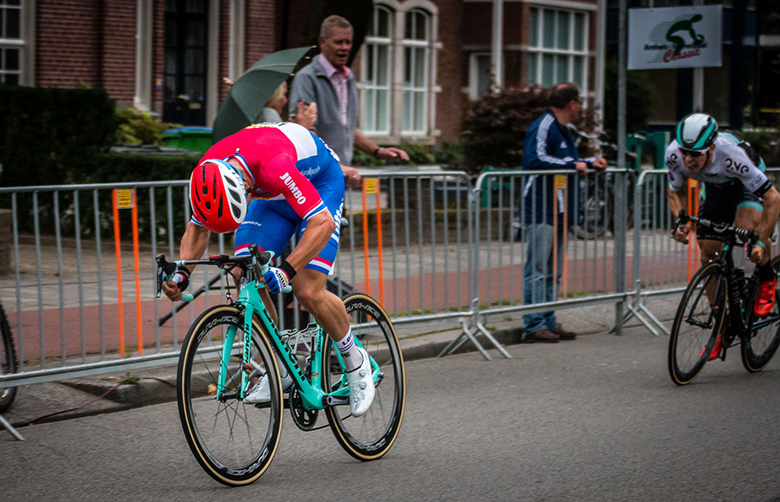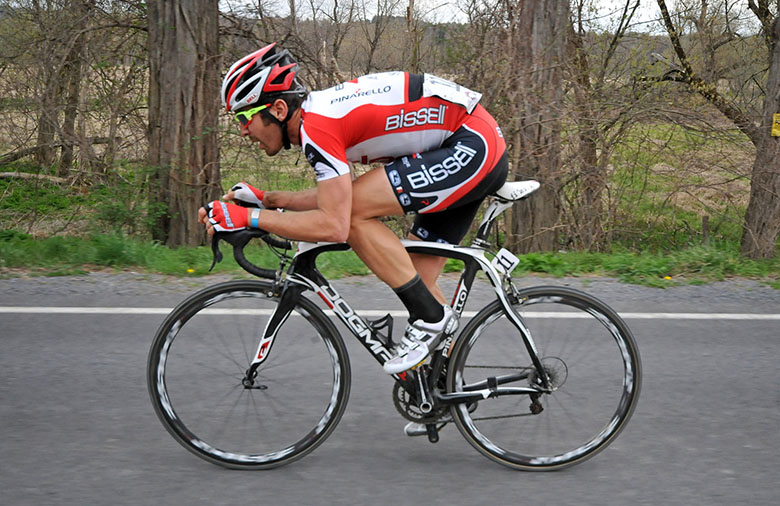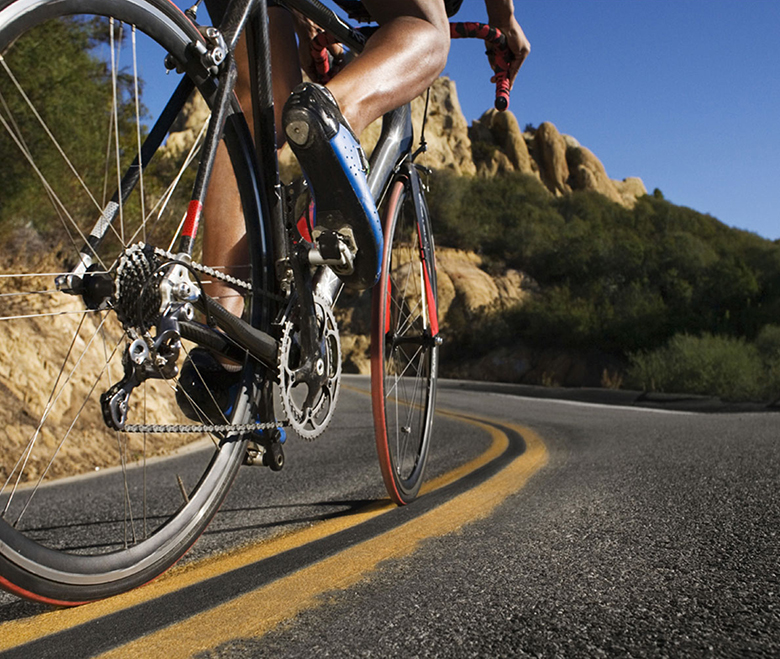 Image: Source[/caption]
In this day and age, people are becoming increasingly aware of their personal health and well-being. Exercising has become an important part of everyday life for most of us, and there are plenty of alternatives to choose from. But perhaps the most notable training trend of the decade is represented by spinning.
Image: Source[/caption]
In this day and age, people are becoming increasingly aware of their personal health and well-being. Exercising has become an important part of everyday life for most of us, and there are plenty of alternatives to choose from. But perhaps the most notable training trend of the decade is represented by spinning.
 Image: Source[/caption]
When you’re sprinting on any type of bicycle, your entire body has to put in a lot more effort to maintain a constantly high speed. Your legs are particularly engaged in this, but so are your arms and core. This increases cross-sectional muscle fiber formation, which is what promotes the development of mass.
To perform sprints properly, you need to alternate between 30-second high-intensity intervals and 60-second less demanding bouts to recover. Slightly elevating your body from the exercise bike seat might help you because it gives off the impression of gaining the same momentum you would on a road bike.
However, this is all up to personal preference. If it’s not something you feel like doing, it’s not necessary to. And if you’re a beginner, you might want to consider reducing the interval time at first so that you can adjust to this training regimen. Cutting in half is the best option, and then adding in an extra 5 seconds on high and 10 on low once you’re ready.
Image: Source[/caption]
When you’re sprinting on any type of bicycle, your entire body has to put in a lot more effort to maintain a constantly high speed. Your legs are particularly engaged in this, but so are your arms and core. This increases cross-sectional muscle fiber formation, which is what promotes the development of mass.
To perform sprints properly, you need to alternate between 30-second high-intensity intervals and 60-second less demanding bouts to recover. Slightly elevating your body from the exercise bike seat might help you because it gives off the impression of gaining the same momentum you would on a road bike.
However, this is all up to personal preference. If it’s not something you feel like doing, it’s not necessary to. And if you’re a beginner, you might want to consider reducing the interval time at first so that you can adjust to this training regimen. Cutting in half is the best option, and then adding in an extra 5 seconds on high and 10 on low once you’re ready.
 Image: Source[/caption]
Data gathered by the American Council on Exercise has revealed that pedaling against higher resistance levels is particularly effective for building some brawn in the quadriceps and hamstrings. The best setting is that which prevents you from exceeding a speed of 60 revolutions per minute.
The theory behind this is simple. The more resistance you set on your bike, the more your hamstrings and quads have to work to pedal against it, which strengthens them in a similar way to bodybuilding. Therefore, the next time you hit the gym or hop on your personal stationary bicycle, remember to play with the settings for a bit.
Exerting larger amounts of perceived effort is the best way to maximize the results of any workout and cycling benefits particularly well from it. You need to push hard enough so that you feel a light stretch, but also be careful not to overdo it. Knowing your limits is essential when building muscle.
Image: Source[/caption]
Data gathered by the American Council on Exercise has revealed that pedaling against higher resistance levels is particularly effective for building some brawn in the quadriceps and hamstrings. The best setting is that which prevents you from exceeding a speed of 60 revolutions per minute.
The theory behind this is simple. The more resistance you set on your bike, the more your hamstrings and quads have to work to pedal against it, which strengthens them in a similar way to bodybuilding. Therefore, the next time you hit the gym or hop on your personal stationary bicycle, remember to play with the settings for a bit.
Exerting larger amounts of perceived effort is the best way to maximize the results of any workout and cycling benefits particularly well from it. You need to push hard enough so that you feel a light stretch, but also be careful not to overdo it. Knowing your limits is essential when building muscle.
 Image: Source[/caption]
A lot of exercise enthusiasts mistakenly believe that the ‘no pain, no gain’ motto is something to be followed when it comes to working out. But in fact, this couldn’t be farther from the truth. According to the American College of Sports medicine, recovery is equally important when it comes to achieving visible results.
High-intensity sessions need to be pursued two times per week, three at most. It’s important to allow yourself 24 to 48 hours of repose, especially if youstart to get sore. Ignoring such a signal can lead to severe musculoskeletal damage later on, such as sprained joints or even muscle tears.
Therefore, even though cycling is essentially a low-impact activity, pushing your body when it’s weak is still detrimental. If you’re on a tight schedule, then you can try lighter endurance or cardio training in between your regular, intensive rounds. This still gives your muscles a chance to build new tissue and recover, and it also reduces soreness and discomfort.
Image: Source[/caption]
A lot of exercise enthusiasts mistakenly believe that the ‘no pain, no gain’ motto is something to be followed when it comes to working out. But in fact, this couldn’t be farther from the truth. According to the American College of Sports medicine, recovery is equally important when it comes to achieving visible results.
High-intensity sessions need to be pursued two times per week, three at most. It’s important to allow yourself 24 to 48 hours of repose, especially if youstart to get sore. Ignoring such a signal can lead to severe musculoskeletal damage later on, such as sprained joints or even muscle tears.
Therefore, even though cycling is essentially a low-impact activity, pushing your body when it’s weak is still detrimental. If you’re on a tight schedule, then you can try lighter endurance or cardio training in between your regular, intensive rounds. This still gives your muscles a chance to build new tissue and recover, and it also reduces soreness and discomfort.
Be the first to post comment!